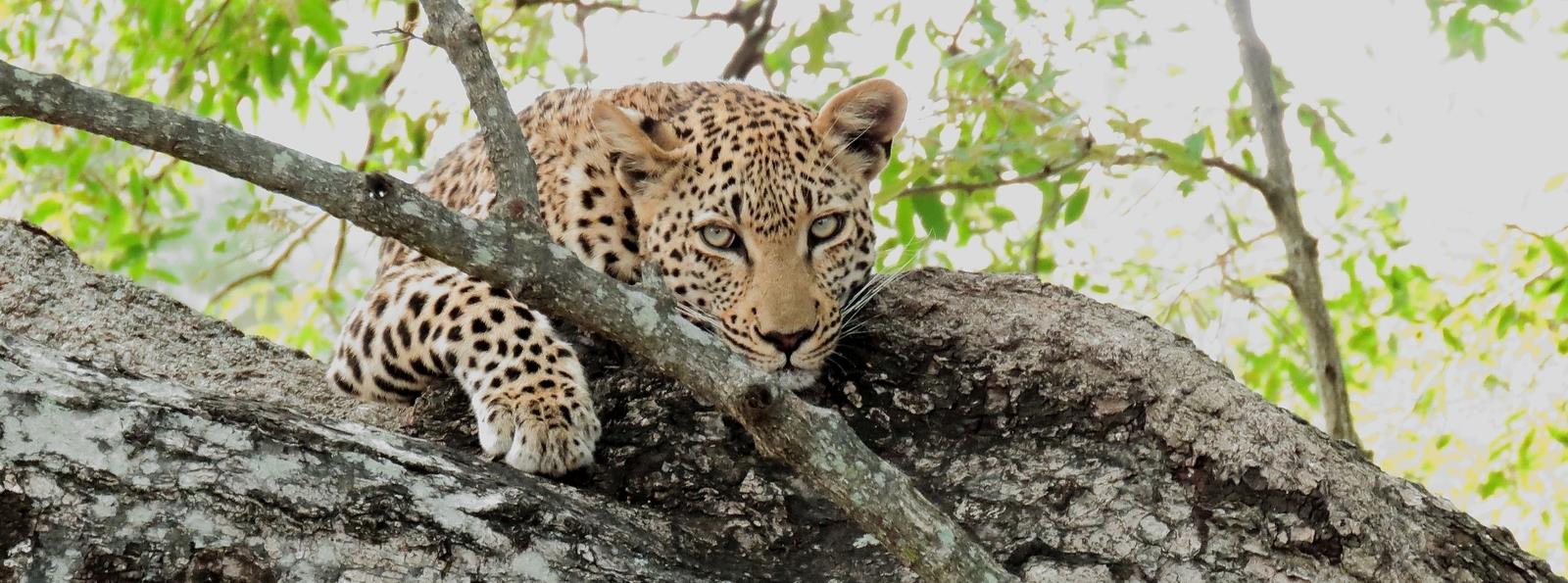In case you ever are lost and you come across a rhino in the wild … if it has just one horn you are in India; if it has 2 horns you are in Africa.
 The horn(s) are made of keratin, and are not actually attached to a bone, only skin – so if you wanted to grab the horn, you would be able to move it from side to side. However, we definately do NOT advise doing this under any circumstances.
The horn(s) are made of keratin, and are not actually attached to a bone, only skin – so if you wanted to grab the horn, you would be able to move it from side to side. However, we definately do NOT advise doing this under any circumstances.
But as long as you stand very still and don’t make a sound, you will be OK – rhinos are extremely short-sighted – they can only see ahead of them between 10 and 20 meters – but to make up for this they have incredibly sensitive and acute hearing.
The African rhino (remember … the one with the 2 horns) are either White or Black – but to the normal person, they actually look the same colour. The term ‘White Rhino’ is actually a misunderstanding by the British many years ago – the rhino was originally named by the Dutch, who called it a Whit Rhino – with Whit meaning wide to describe the size of its mouth. The Brits though they were saying White … and the rest is history.
 Just as an aside, the Black Rhino has a more pointed mouth / lips because they prefer to eat leaves off trees, so this mouth ‘format’ makes it easier for them to strip the leaves away. The White Rhino grazes on grass, so the wide mouth is ideal for chomping through this.
Just as an aside, the Black Rhino has a more pointed mouth / lips because they prefer to eat leaves off trees, so this mouth ‘format’ makes it easier for them to strip the leaves away. The White Rhino grazes on grass, so the wide mouth is ideal for chomping through this.

